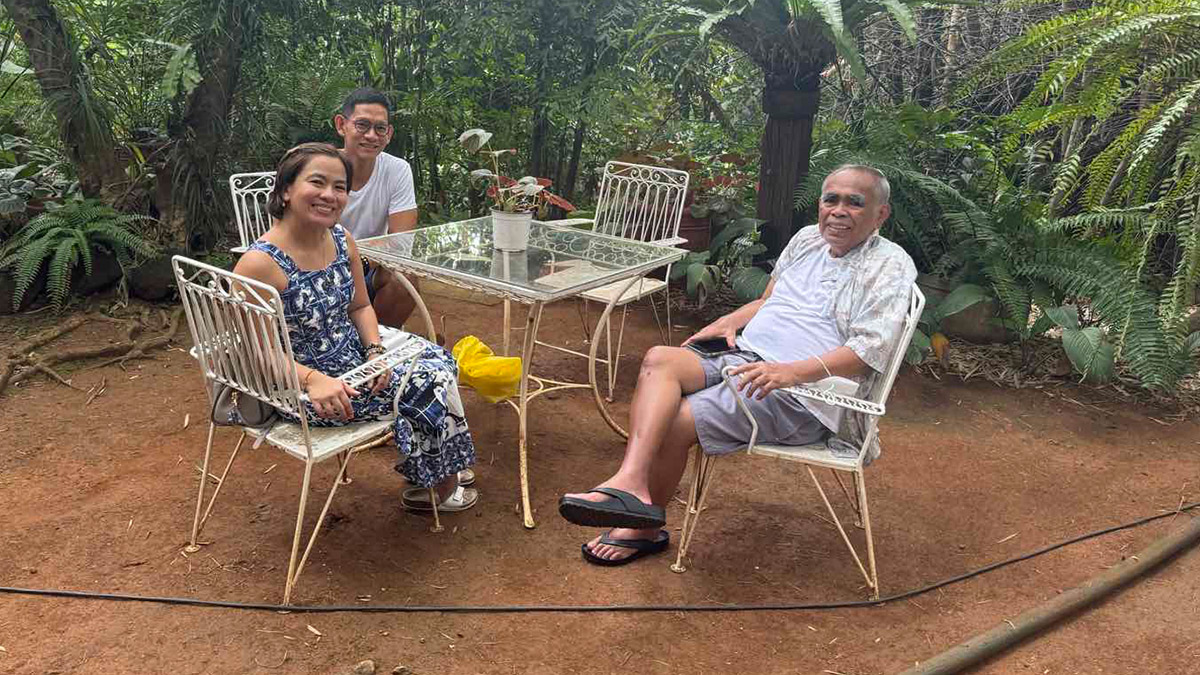Did you know that Batangas used to be called Batangan?
On a recent trip to that province, I met a good friend and childhood buddy of my mom, Tonying Pastor. A lawyer, local historian, piano player and singer, Tonying told me stories I had never heard until then.
I didn’t know that my great grandfather, Jose Villanueva, an engineer, was the first mayor in Batangas.
Tito Tonying also recalled how, during the Japanese Occupation, my mom as a 15-year-old was riding a horse when a Japanese officer came over and touched her leg. Mom kicked the officer and sped off. My grandfather had to hide her for weeks, fearing dire reprisal. “If it were a soldier, the story could have been different,” he said.
He also recounted how, as kids, they would go to a hotel where many events took place and their parents would treat them to a bowl of ice cream with chocolate on top. There was pancit in the plaza and vendors selling sinaing na tulingan in a palayok.
Whenever someone would buy this provincial special, the tindera would remove a cork from the side of the container to pour some juice that went well with the fish.
‘Puto’
This trip opened my eyes to a lot of great food in Batangas.
I visited a puto maker and tasted the best puto I have sunk my teeth in.
The shop also makes a Lipa specialty called suman sa lihiya or tamalis (Ninay’s Special Puto, tel. nos. 043-7564350 and 0917-5381523).
At Barako Joe, we sampled the coffee beans he grows, and one of the best adobo recipes I have come across. He serves it with burong santol, which he bottles.
Barako Joe also serves a super pancit langlang.
Café Lipa with branches all over the town and Manila is where he serves his homegrown café Barako. (Call tel. nos. 043-7562340 and 7560656)
We also went to the Lipa night market where we found a delicious okoy, great pinangat and a fantastic kalderetang kambing—all sold on the side streets.
In Taal, we were treated to a recreated breakfast of the 1900s by the golden ladies of the town with Taal historian Dindo Montenegro (he gives heritage tours, call tel. no. 0916-5522074).
We were served adobong dilaw, which is made with turmeric, embutido, tapang Taal, longganisang Taal biya (dried fish) and morcon.
In Bauan, we went to Ka Justa Bakery where we watched the making of delicious Londres, which is like chewy biscocho.
We also watched the making of the popular tiping. The process is similar to that of a French puff pastry, except that the liquid used is coconut milk. Interesting.
We stayed in Pontefino Hotel in Batangas City, which I think is the best one outside Manila. Every meal we had was new and good. The rooms were first class and the facilities like those of any top hotel in Manila.
This is where I also found a coffee table book, “Puntong Batanang.” It tells the history of Batangas and has pictures of the olden times in the province.
At Pontefino we were served a feast of the province’s specialties: sinaing na tulingan, a delicious lechon, bulalo and a sticky rice dessert with sauce.
Now how does one not gain weight from such an experience?
There is still so much to learn from Batangas. I hope to come back and discover more of its history and hidden cuisine.
Happy eating!
Follow the author: sandydaza.blogspot.com; Twitter @sandydaza













































